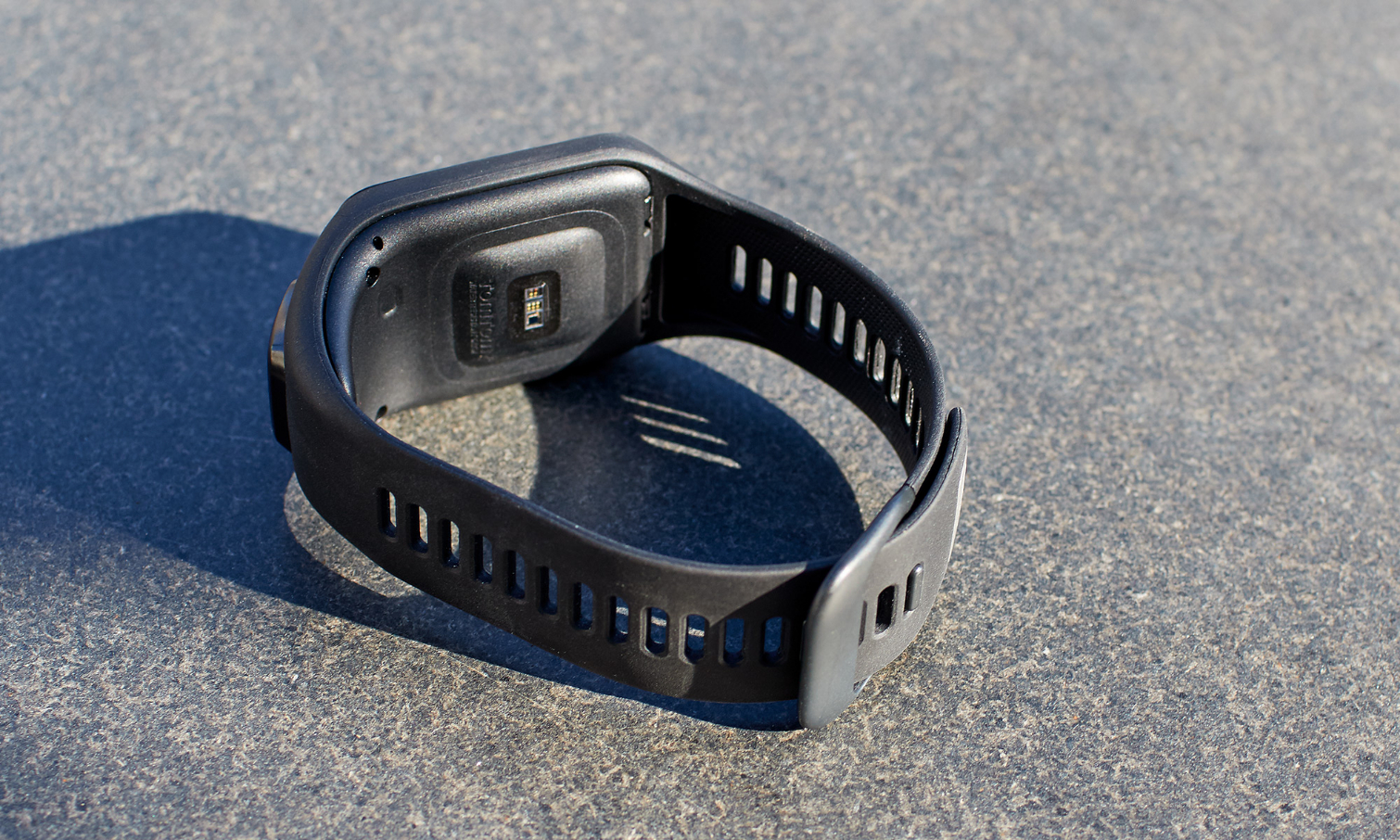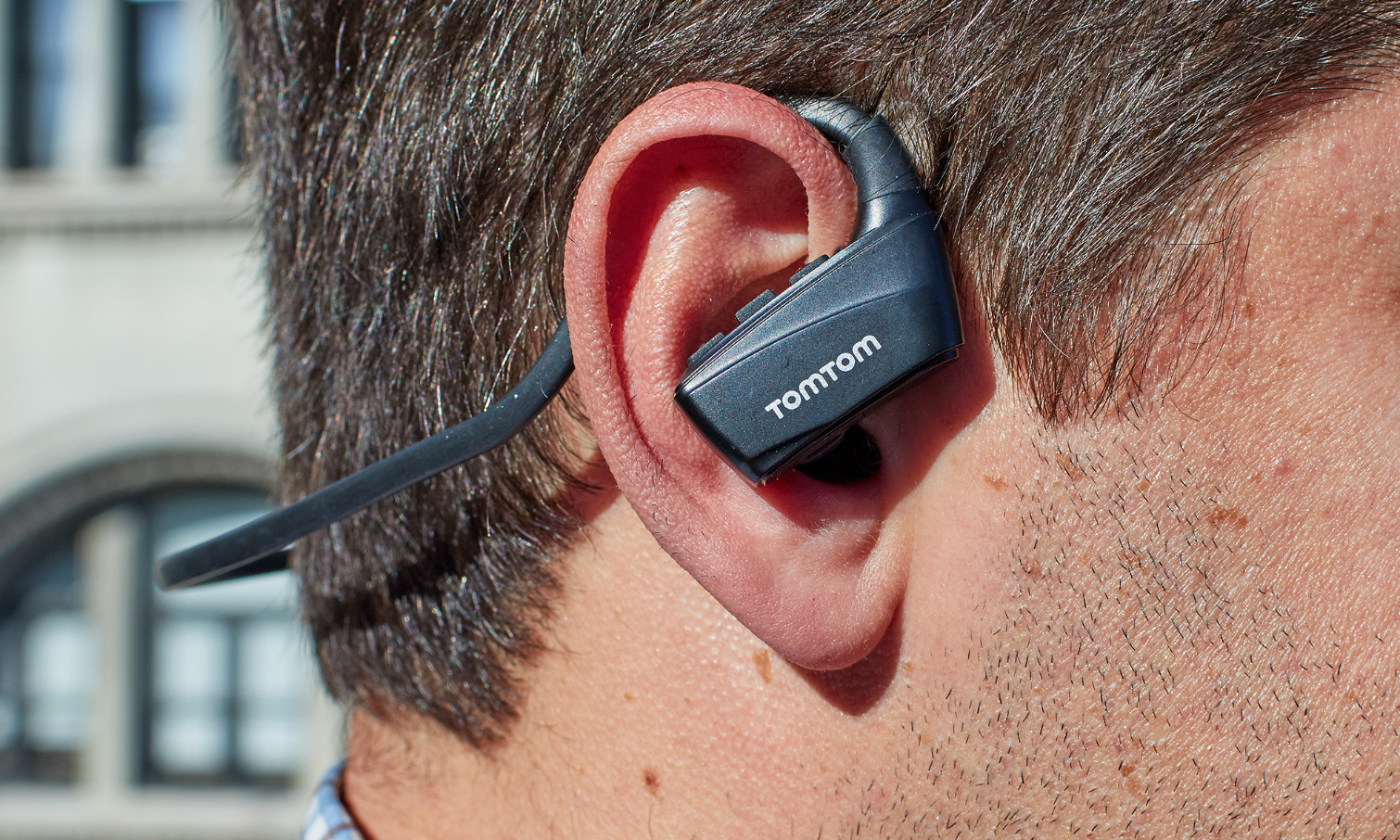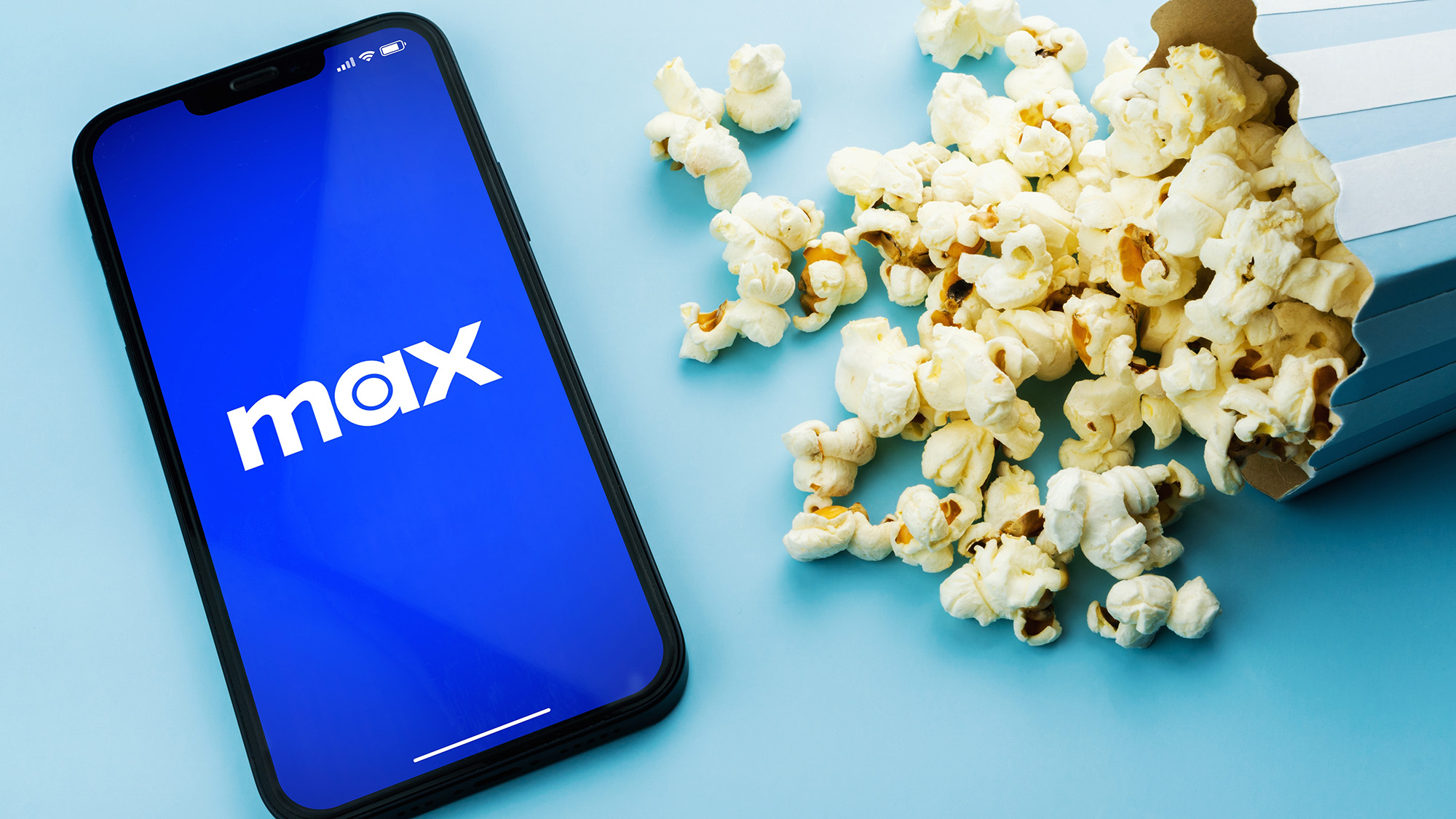Tom's Guide Verdict
With a built-in heart-rate monitor and storage for music, the TomTom Spark 3 Cardio + Music is the best GPS watch for those who want to track their heart rates and listen to music while working out.
Pros
- +
Accurate GPS, heart rate monitor
- +
Acquires GPS signal quickly
- +
Built-in music
- +
Headphones included
Cons
- -
A bit bulky
- -
Menu structure somewhat confusing
Why you can trust Tom's Guide
Music is an essential motivating tool when working out. It can provide a steady beat to get you through long slogs and can get your heart pumping to make it up that last hill. That's why it's great to see music players built in to more and more GPS watches. TomTom was early on this trend with the Spark Cardio + Music, and the company's newest device, the Spark 3 Cardio + Music ($249), improves upon that early device greatly.
Not only do you get an integrated heart-rate monitor and the ability to play music without using your phone or iPod, but TomTom also includes a pair of Bluetooth headphones. Plus, the company has made great strides with its app and interface, making this an excellent watch for runners and anyone else who likes to jam out while working out.
Editor's Note (5/26/17): This review was updated to reflect the fact that TomTom's app can sync its data with Google Fit and Apple HealthKit.
Design
The Spark 3 uses TomTom's tried-and-true design of a four-way directional pad underneath a black-and-white display. It's a bit chunkier than Garmin's GPS watches, which integrate the controls into a circular face, but the Spark 3 felt comfortable to wear.

The Spark 3's band is removable, and TomTom sells a number of bands of different colors for $29 each. People will know you're wearing a fitness watch, but it's nice you can personalize the device's look.

Like the Garmin Forerunner 235, the Spark 3 is waterproof to 130 feet, so you can safely take it swimming; it will track your laps and strokes, too.
MORE: Best Fitness Trackers for Running, Swimming and Training
Setup and App
TomTom has made setting up its watches progressively easier, but I still don't like that I have to first plug the device into a PC to get it up and running. The overall process took less than 10 minutes, which also included an update to the Spark 3's firmware.

Using TomTom's desktop app, you can also load music onto the Spark 3. This interface is much more user-friendly than what you got with the older Spark, but you still have to make sure the music you want is in a particular playlist; you can't add individual songs.
After this initial setup, you can sync all your activities using TomTom's mobile app (Android and iOS); here, as on the desktop app, you can also link the device to third-party services such as MyFitnessPal, Strava and MapMyFitness. An update in May 2017 also let you sync its data with Google Fit and Apple Health.

TomTom's mobile app has also improved; previously, it felt like a port from the company's desktop site. While it's still a bit slow to load, data is shown in a more user-friendly format, in which you can view your splits, heart rate, pace and other metrics overlaid on a customizable chart. However, you can view only two metrics at a time.
The bundled wireless headphones delivered a thumping bass line.
There's still a bit of a learning curve when navigating the Spark 3's on-screen interface. You can quickly become lost when paging right, left, up or down through menus, which is something you shouldn't have to think about in the middle of a run.
Headphones
While nothing spectacular, the included Bluetooth headphones are pretty good for the money. I had trouble pairing them to the watch initially; in the documentation included with the device, pictures indicate that you should hold the Power button for 5 seconds to pair the headphones with the watch (there are no written instructions). However, after trying this multiple times, I went to TomTom's site and discovered that you need to hold the Power button for 10 seconds for the headphones to enter pairing mode.

The headphones are LOUD. They immediately started blasting Shut Up and Dance, and I found myself turning down the volume so as not to rupture my eardrums. Still, the sound was rich and full. There was a bit of overemphasis on the lower end, but just enough to deliver a thumping bass line in such motivating tracks as Lose Yourself.
One issue I had with the Spark 3 is that, once you start a workout, you're locked into a single playlist. And, you can't use the watch's buttons to skip tracks; you'll have to use your Bluetooth headphones for that. And the controls on the included earbuds are tiny; I found them a bit hard to press while running.
The Spark 3 has a clever breadcrumb feature that shows where you've run and how to get back home.
Fortunately, you can connect any Bluetooth headset with the Spark 3, so you're not locked into using the included pair.
MORE: Fitness Tracker Buying Guide
Performance
When I set out for my morning runs, the Spark 3 acquired a GPS signal within a minute, which is on a par with the Garmin Forerunner 235. After the watch locked onto the signal, a friendly female voice in the Spark 3 chirped, "OK, I'm ready to go." It will also speak to you when you set the watch to training mode, at moments such as when you're in the right heart-rate zone or when you've reached your goal.

While not as colorful, or large, as Garmin's watch, the Spark 3's 144 x 168-pixel, black-and-white display was plenty easy to read in both overcast and bright days. I like that the watch's backlight automatically turns on for a few seconds in dark conditions, and that you can customize the information that appears on screen, so that the data that's most important to you is front and center.
I'm glad that TomTom finally includes split notifications; the watch will buzz and display your average pace at 1-mile (or 1-kilometer) intervals. It's a feature that has long been included on competing GPS watches. Oddly, though, there's no voice prompt to read out your stats at these intervals, which seems like a missed opportunity.

Like the Garmin Forerunner 235, the Spark 3 will also work as a daily fitness tracker, counting your steps and calories. Here, though, Garmin's watch has two features that make it more suited for all-day use: Its step counter will automatically increase or decrease your target based on your activity, and it can display notifications from your smartphone, as well as give you a weather report.
Route Exploration
If you ever go running in an unfamiliar city, it's a good idea to know how to get back home. The Spark 3 has a clever "breadcrumb" feature that shows, on the watch, a route of where you've run and how to get back home. There's even a digital compass, so you know the direction you're headed.
I like that TomTom finally includes split notifications.
If you have a bit of foresight, you can also upload trails to the device, and then follow them on your watch; a small arrow shows your location relative to the path.
Configurations
The TomTom device I reviewed, the Spark 3 Cardio + Music + Headphones, costs $249 and includes a built-in heart-rate monitor, storage for music and a pair of Bluetooth earbuds. The Spark 3 Cardio ($189) has the heart rate monitor, but lacks the music feature and doesn't come with earbuds. The Spark 3 Music + Headphones ($169) gets you music (and the headphones), but no heart rate monitor. Lastly, the Spark 3 ($129) is the basic GPS watch, with neither music nor heart rate monitoring.

Regardless of which model you choose, all are competitively priced; I just wish that TomTom also sold the Spark 3 Cardio + Music without the headphones.
Battery Life
TomTom claims that the Spark 3 will last up to three weeks as just an activity tracker, up to 11 hours using GPS and up to 5 hours using GPS, the heart rate monitor and music.
After fully charging the Spark 3 on a Monday night, I wore it for an entire week, using it for three 40- to 50-minute GPS activities. I streamed music from the watch during two of these workouts. By Saturday, the watch beeped at me that it was low on juice.
Bottom Line
GPS, heart rate tracking and the ability to play music, all from a single device, make the $249 TomTom Spark 3 Cardio + Music the best all-around GPS watch for runners, and when you add in the pair of Bluetooth headphones, it's the best for the money, too. While I prefer the $329 Garmin Forerunner 235's larger display and smartphone notifications, the Spark 3's excellent combination of features and lower price make it the more well-rounded option.

Michael A. Prospero is the U.S. Editor-in-Chief for Tom’s Guide. He oversees all evergreen content and oversees the Homes, Smart Home, and Fitness/Wearables categories for the site. In his spare time, he also tests out the latest drones, electric scooters, and smart home gadgets, such as video doorbells. Before his tenure at Tom's Guide, he was the Reviews Editor for Laptop Magazine, a reporter at Fast Company, the Times of Trenton, and, many eons back, an intern at George magazine. He received his undergraduate degree from Boston College, where he worked on the campus newspaper The Heights, and then attended the Columbia University school of Journalism. When he’s not testing out the latest running watch, electric scooter, or skiing or training for a marathon, he’s probably using the latest sous vide machine, smoker, or pizza oven, to the delight — or chagrin — of his family.
-
moenieb.ken Good dayReply
It is an amazing watch..However, i am experiencing that the music breaks up only when i am running. Do i perhaps have a faulty product or is there perhaps something i can do on my end?
Regards
